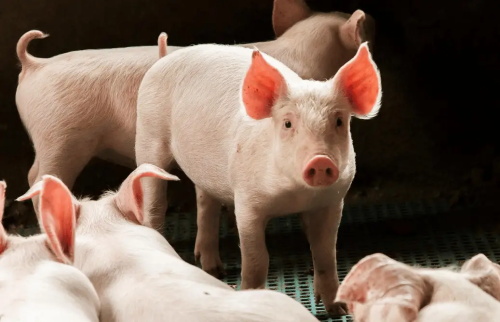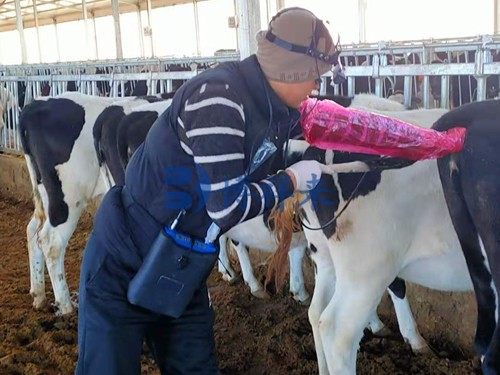The weeks after calving are critical for a cow’s reproductive health. During this time, her body works hard to recover from giving birth, restore normal cycles, and prepare for the next pregnancy. But this recovery period doesn’t always go smoothly. Many farmers face the frustration of delayed breeding or repeated infertility because of post-calving reproductive problems. Understanding these issues can help farmers prevent losses and improve herd fertility.

Why the Post-Calving Period Matters
A cow that doesn’t return to normal reproductive cycles on time means lost days open, longer calving intervals, and reduced milk profits. Some problems are obvious, like infections or visible discharge, while others are silent, such as hormonal imbalances. Farmers who monitor cows closely in the weeks after calving are better positioned to catch issues early.
Common Reproductive Problems After Calving
Below is a summary of the most frequent reproductive problems seen after calving:
| Problem | When It Occurs | Main Impact on Fertility |
|---|---|---|
| Retained Placenta | Within 24 hours after calving | Delays uterine recovery and increases infection risk |
| Metritis (Uterine Infection) | First 10–14 days post-calving | Causes fever, discharge, and delayed return to heat |
| Endometritis (Chronic Infection) | 3–6 weeks post-calving | Silent infertility, poor conception rates |
| Ovarian Inactivity | First 40–60 days | No visible heat, longer days open |
| Cystic Ovaries | Any time after calving | Irregular cycles, missed breeding windows |
Signs Farmers Should Watch For
Abnormal Discharge: Foul-smelling or bloody discharge may indicate infection.
Fever or Loss of Appetite: Early warning signs of metritis.
No Signs of Heat: Suggests ovarian inactivity or cysts.
Poor Body Condition: Cows that lose too much weight post-calving often take longer to cycle.
Delayed First Service: If cows are not ready to breed by 60 days, reproductive health needs review.
Prevention and Management Strategies
Good Calving Assistance: Clean and careful handling reduces infection risks.
Balanced Nutrition: Adequate energy and minerals speed up uterine healing.
Regular Vet Checks: Ultrasound exams at 30–40 days can spot uterine or ovarian problems early.
Early Treatment: Prompt therapy for retained placenta or infections prevents chronic infertility.
Stress Management: Reducing overcrowding, heat stress, and rough handling supports recovery.
Long-Term Economic Impact
Reproductive problems after calving don’t just delay breeding—they also increase veterinary costs, reduce milk production, and lead to higher culling rates. Studies show that each additional day open can cost a dairy farmer several dollars per cow per day. Investing in prevention and timely diagnosis pays back quickly in herd performance.
Conclusion
The most common reproductive problems after calving include retained placenta, uterine infections, ovarian inactivity, and cysts. These conditions, if not managed early, can silently erode farm profits. Farmers who adopt a proactive approach—through nutrition, vet support, and careful monitoring—can reduce infertility and keep cows on track for productive lactations and timely calving intervals.








